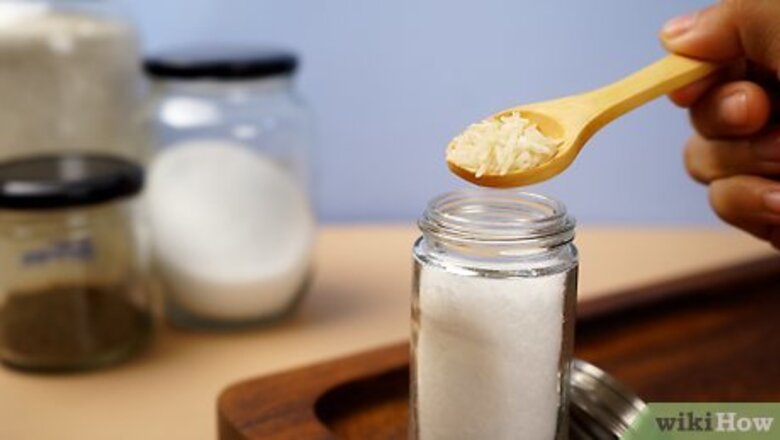
views
Things to Add

Mix some uncooked rice grains into the salt. This is the most common trick for keeping salt dry, and you’ve probably seen it at restaurants. The rice absorbs moisture and prevents the salt from getting wet. Scoop 1 tsp (4 g) of dry rice into a standard salt shaker and shake it up to mix the rice around. Any rice will work, but long grain is best. This won't fall through the holes when you pour the salt. If your salt has already gotten damp and clumpy, adding rice could help rescue it too.
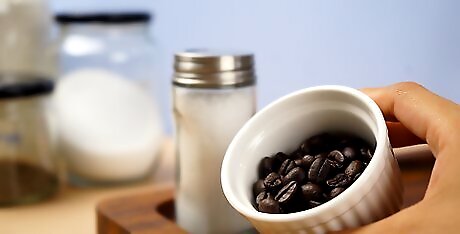
Use coffee beans if you don’t have rice. Plain, dry coffee beans also soak up moisture, so they’re a good substitute for rice. Scoop some coffee beans into the salt shaker or container and mix it around to spread the beans out. Coffee beans might add a slight aroma, but they shouldn’t affect the taste of the salt. You need whole, unground coffee beans for this trick. Coffee grinds won’t work.
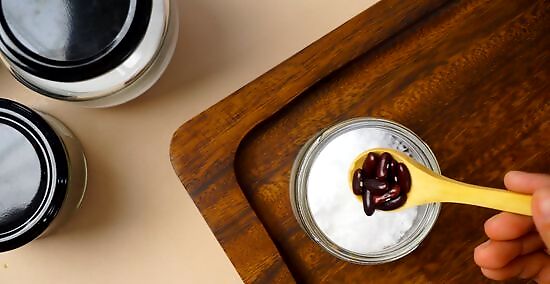
Try dried kidney beans if you’re worried about the taste of the salt. If you’re concerned that coffee beans might give off a taste or smell, then dry kidney beans are your best bet. These have no taste or odor for the salt to absorb. Add a small scoop of dry beans to your salt container and mix them around to prevent clumping. White or red kidney beans will work the same way.
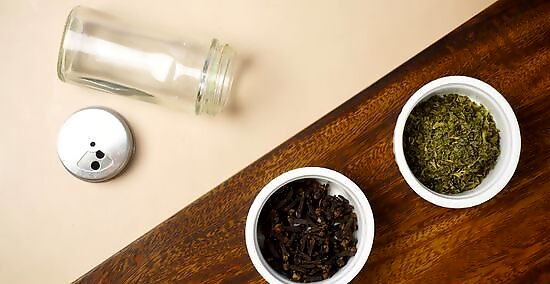
Add dried parsley or cloves instead if you want a bit of flavor. These 2 ingredients will also absorb moisture, but they’ll also give off an aroma and could affect the salt’s taste. If you want some more flavorful salt, then pick one of these. Chop up some parsley or cloves and fill up the bottom 1/4 of the salt container. Then add the salt and mix everything up. Keep the pieces of clove or parsley a little bigger so they don’t fit through the salt shaker holes.

Use soda crackers for a more short-term solution. Soda crackers are plain biscuits that can absorb moisture. Dip a cracker into your salt container and cover it with salt. Change the cracker every 10-15 days so the salt stays fresh and dry. This isn’t a long-term solution since you’ll have to change the cracker regularly, so try another solution if you prefer a more hands-off remedy. J. Kenji López-Alt, Chef and Food Science Writer Salt's hygroscopic nature causes it to readily absorb water molecules from the air. To keep salt free-flowing, store it in an airtight container not exposed to air. Adding a few grains of rice to the salt container can help absorb ambient moisture. Use coarse grain salt rather than fine grain, which clumps more easily when damp.
Proper Storage

Pour the salt into an airtight glass container. Air is the major enemy if you need to keep your salt dry. Put the salt into a glass container with a sealable lid, and keep the lid closed whenever you’re not using it. Metal containers could rust, so you definitely don’t want to use these for salt. Some people recommend a plastic container for humid environments, but others say that this could infuse chemicals into the salt. If you’re worried about this, stick with glass.
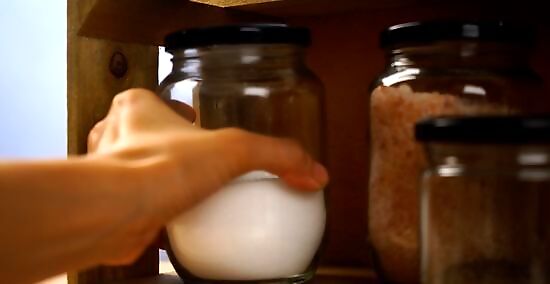
Store the container in a cool, dark, dry place. A normal pantry or kitchen cabinet will work. As long as the salt isn’t in direct sunlight and the temperature is as low as possible, your salt shouldn’t clump together. If you live in a very humid climate, then you might not be able to find a dry place in your home. In this case, just be extra sure to seal the salt tightly in a container and add a drying ingredient like rice.

Keep the salt away from your stove or oven. Heat can cause condensation and make your salt clumpy. Leave the salt far away from your stove or oven so it stays cool all the time. There are also a lot of smells around your oven, and the salt could absorb these if it's too close. If you have a cabinet near your stove, you could leave the salt in there so it's sealed away, but easy to reach while you're cooking.
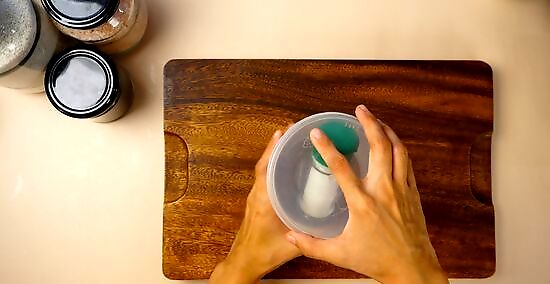
Put unopened salt shakers into a plastic container. Unopened salt shakers are usually pretty good at keeping salt dry, but you can add an extra layer of protection. Put the shaker into a plastic container with a sealable lid. Keep this container sealed until you’re ready to use the salt. This also works if you use a salt shaker with un-sealable holes. Putting the shaker into a plastic container when you’re not using it helps keep the salt dry. You can store multiple salt shakers in the same container if you buy salt in bulk.












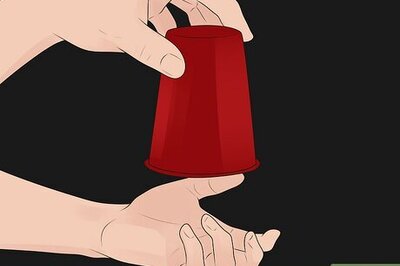




Comments
0 comment